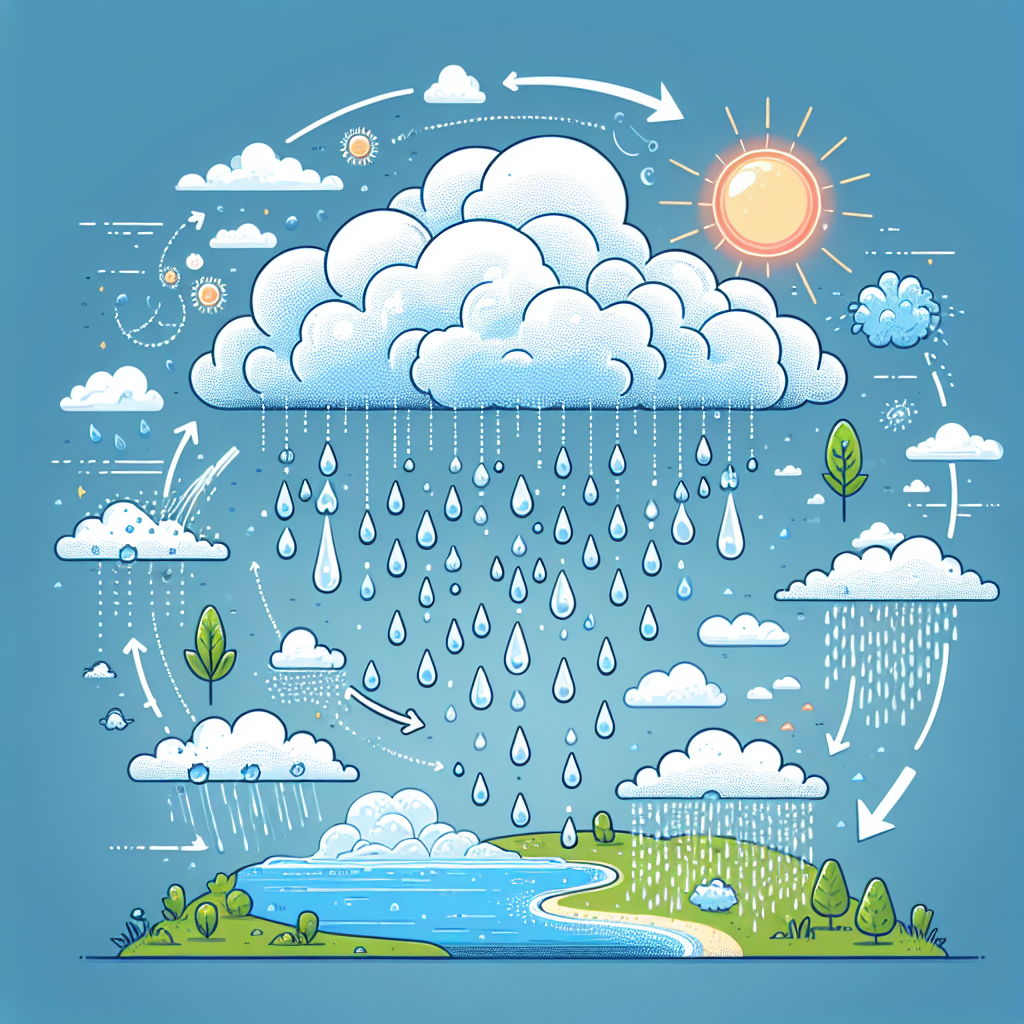Understanding Wind Chill
Wind chill is a crucial factor affecting how we perceive temperature, particularly in colder climates. It refers to the enhanced cooling effect of wind on exposed skin, making temperatures feel colder than they actually are. The wind chill factor takes into account the actual air temperature combined with wind speed, leading to an important measurement that helps determine safety and comfort levels outdoors.
The Science Behind Wind Chill
Wind chill is scientifically defined and is calculated using a specific formula that incorporates air temperature and wind speed. This formula is based on studies of human heat loss and is designed to reflect the rate at which body heat is lost due to wind. The following formula is widely used:
[
text{Wind Chill} = 35.74 + 0.6215T – 35.75V^{0.16} + 0.4275TV^{0.16}
]
Where:
- T is the air temperature in degrees Fahrenheit.
- V is the wind speed in miles per hour.
This formula shows that as wind speed increases, the perceived temperature decreases. For instance, a temperature of 30°F with a wind speed of 20 mph may feel like 18°F.
Human Response to Wind Chill
When exposed to low temperatures and wind, the human body responds by constricting blood vessels to preserve core body heat. However, this adaptation has limits. If the wind chill is severe enough, the body may struggle to maintain its normal temperature, leading to discomfort and potential health risks.
Effects on Skin and Health
Cold, windy conditions can significantly affect the skin as well. Prolonged exposure to wind chill can lead to:
- Dry Skin: Wind strips moisture from the skin, leading to dryness or cracking.
- Chilblains: These painful swellings occur on the skin in response to cold and can be exacerbated by wind chill, particularly on extremities like fingers and toes.
- Frostbite: Severe wind chill can increase the risk of frostbite, where skin and underlying tissues freeze. Areas most at risk include the face, ears, and fingers.
Psychological Effects
Temperatures influenced by wind chill and the accompanying discomfort can also have psychological effects. Cold weather can lead to:
- Mood Changes: Studies show correlations between lower temperatures and elevated feelings of sadness or depression.
- Reduced Motivation: Cold, windy weather may result in lower energy levels and a distinct lack of motivation to partake in outdoor activities, affecting overall physical health.
Impact on Outdoor Activities
Understanding wind chill is vital for outdoor enthusiasts. Hikers, skiers, and individuals engaged in winter sports must acknowledge how wind chill influences their comfort and safety. Here’s how:
- Layering Strategies: Wind chill prompts more effective layering of clothing to trap heat and protect against the wind.
- Time Limits: Awareness of wind chill can help determine how long one can safely stay outside without risking exposure-related issues, thus planning breaks or shelter.
- Equipment Considerations: Wind-resistant clothing and protective gear become essential; quality fabrics can make a significant difference in maintaining warm body temperatures against wind chill.
Wind Chill Guidelines
The National Weather Service offers guidelines regarding wind chill effects, providing recommendations based on perceived temperature:
- 36°F and above: Considered comfortable. Most will engage in outdoor activities without issue.
- 20°F – 35°F: Awareness is needed, as risks of frostbite increase with prolonged exposure combined with high winds.
- Below 20°F: Caution is advised; limit time outdoors, and ensure proper clothing and protective gear are worn.
- 0°F or below: Frostbite can occur on exposed skin in under 30 minutes. Seek indoor shelter and minimize exposure.
Wind and Comfort Indoors
Wind chill is not solely an outdoor concern; it can also influence indoor comfort. When strong winds blow outside, even well-insulated homes can feel drafty, leading to:
- Increased Heating Costs: Homes may require more energy to maintain warmth due to cold air infiltration.
- Environmental Discomfort: Drafts can create cold spots in homes, leading to discomfort and inconsistent temperature control.
Preparing for Wind Chill
Preparation is key to mitigating the effects of wind chill:
- Dress Appropriately: Wear insulated, windproof clothing, with layers that trap warmth near the body.
- Utilize Accessories: Hats, gloves, and scarves protect extremities and face from harsh wind, reducing overall heat loss.
- Plan Activities: Limit outdoor activities during extremely low wind chill advisories, opting instead for indoor pursuits when possible.
Conclusion
Wind chill is a critical metric in assessing human comfort in colder months. Understanding its effects and preparing accordingly ensures safety, health, and enhanced enjoyment of the outdoors during wintertime. By acknowledging wind chill influences, individuals can equip themselves with the knowledge necessary to thrive in chilly conditions, maintaining optimal comfort levels despite the elements.


















